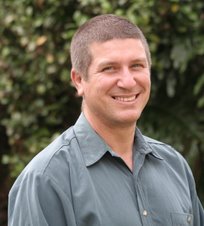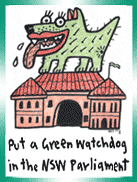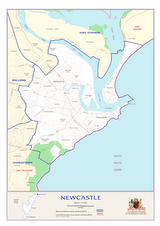Toxic Hunter River Dredging
Media Release
Toxic Hunter River Dredging Must Be Publicly Exhibited
The proponents of a third coal terminal for Newcastle Harbour have applied to dredge three times the amount of contaminated sediment from the Hunter River as originally approved. This and other proposed changes to the consent conditions for the controversial operation has prompted the Hunter Community Environment Centre to call for the plans to be re-exhibited to the public.
The application for the dredging of the South Arm of the Hunter River at Newcastle was made in 2003, and its Environmental Impact Statement is now more than two years old. BHP Billiton has now applied to modify consent conditions for the dredging without resubmitting them for public comment.
Spokesperson for the HCEC, Georgina Woods, said: “The modified dredging plans are a major departure from the original dredging approval. BHP have applied to triple the amount of toxic sediment they first intended, assessed, and got approval to dredge. Instead of the original 150,000 cubic feet of highly contaminated sediment to be extracted from the harbour floor, they are proposing 450,000. This is because the contamination left by BHP in our river is considerably more extensive than originally thought.”
“BHP is also applying to expand the terrestrial footprint of the operations on the adjacent BHP land at Kooragang Island, in order to speed up the remediation process to fast-track the coal loader.”
HCEC is very concerned that the proponents now intend to dredge some of the contaminated sediment without best-practice protective barriers put in place.
“The original consent required that all dredging of contaminated sediment take place behind a protective sheet pile wall,” explained Ms Woods. “BHP have now found more toxic areas outside the main area of contamination, and are proposing to dredge these behind silt curtains.”
“This is clearly a different proposal to that which was originally approved,” concluded Ms Woods. “This is a significant development proposal that poses high risks to the environment of the Hunter River Estuary, and the community needs time to digest these new plans and make our concerns with them known. We call on the NSW Government to place the new dredging plans on public exhibition.”
Georgina Woods
Hunter Community Environment Centre




